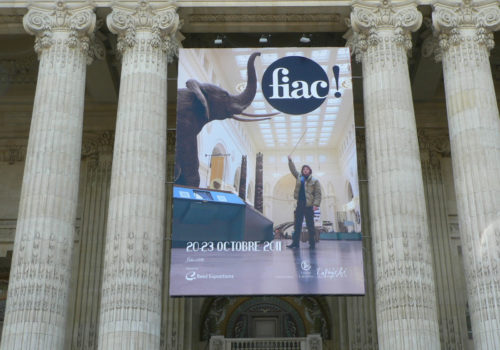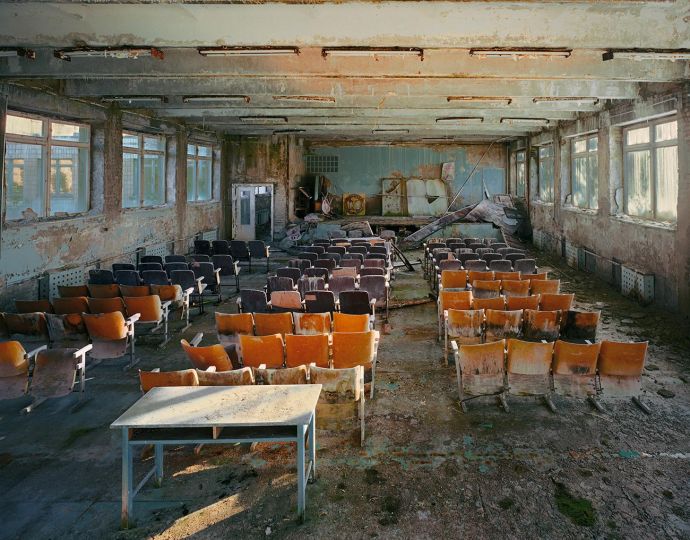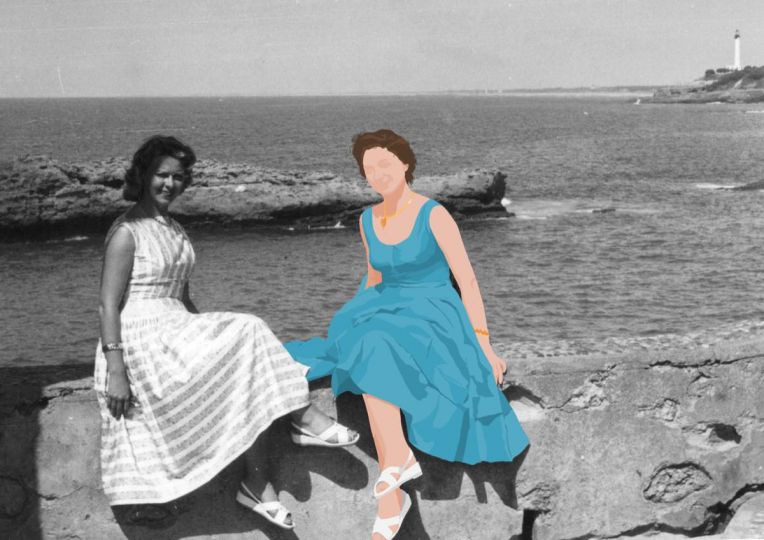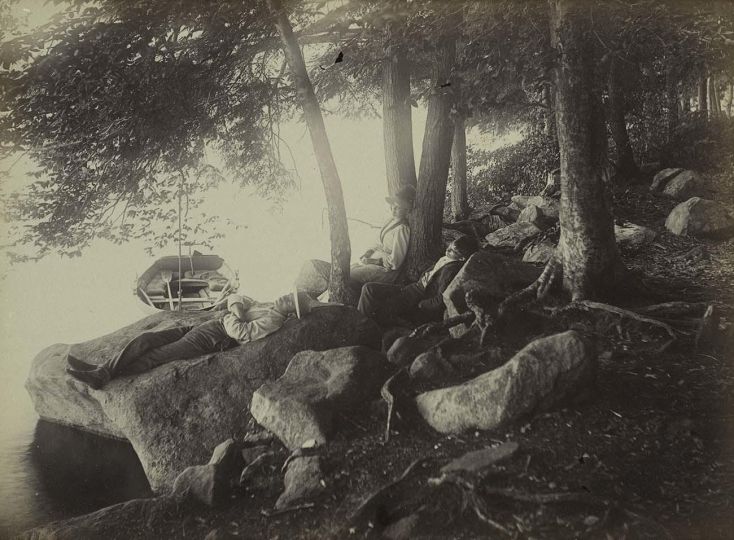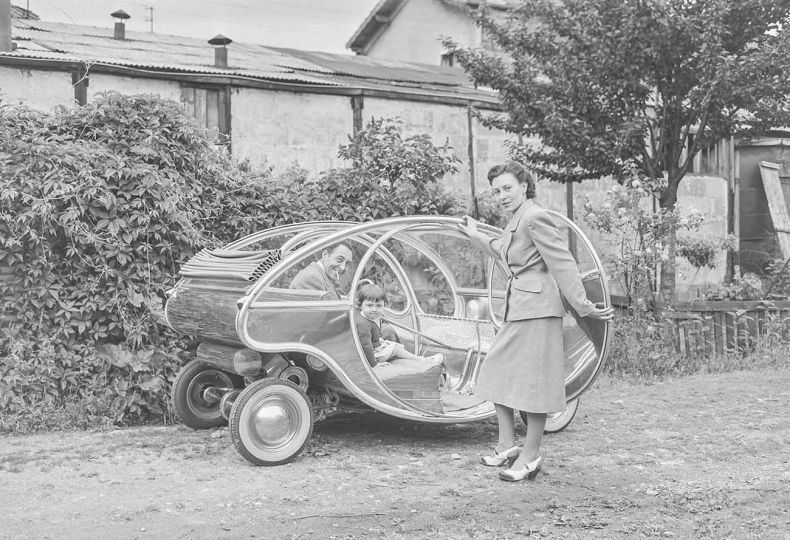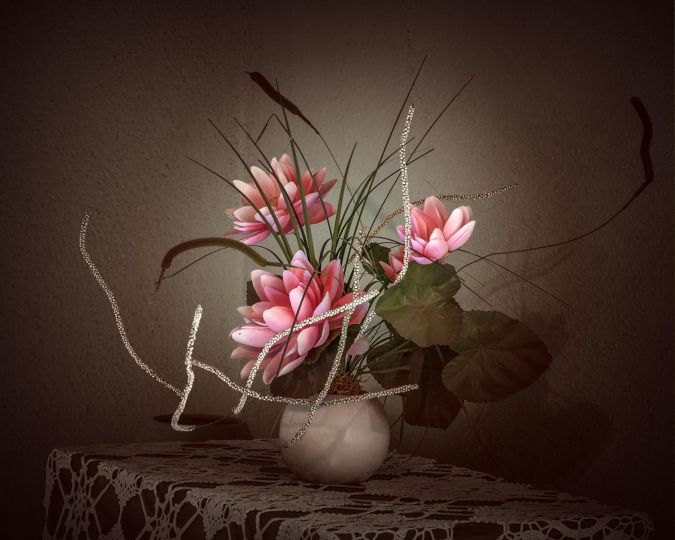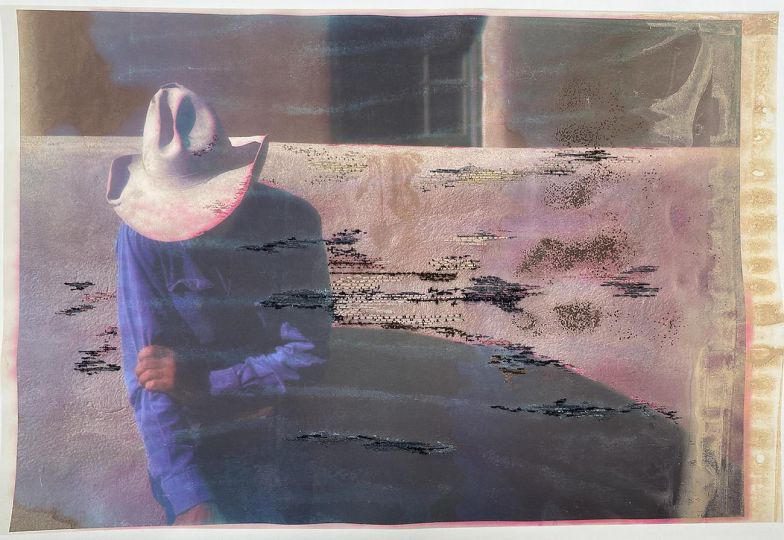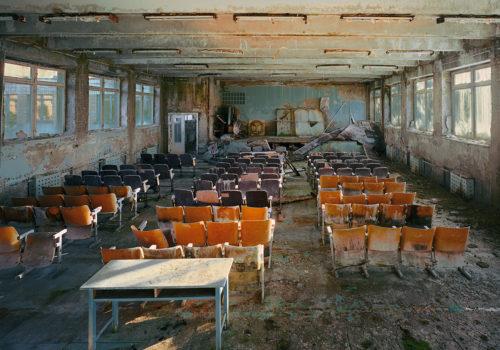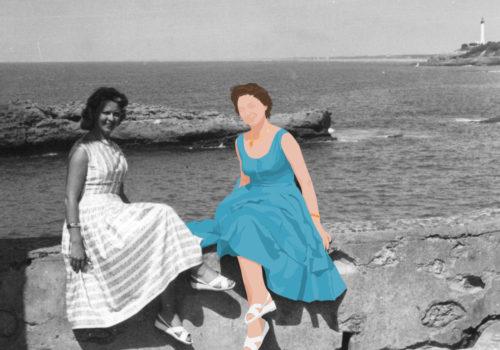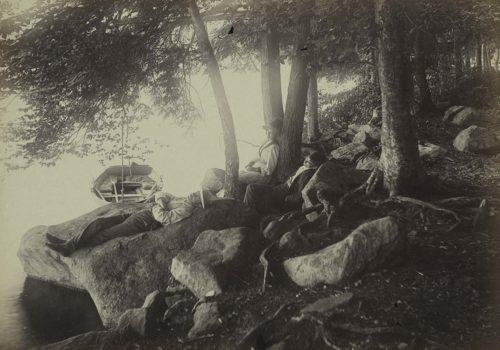The relationship between the FIAC and photography has always been tenuous. Until 1988 many galleries participating in this major contemporary art fair held under the prestigious dome of the Grand Palais showed photography exclusively. At one point, perhaps too numerous (or embarassing), the galleries were regrouped and relegated to the mezzanine. In 1988, while Robert Mapplethorpe, who was dying of AIDS, turned his camera on himself once more, a retrospective of autoportraits shown on the stand of an American gallery was considered shocking. It was the end of the honeymoon between the FIAC and photography. Photo galleries had to settle for the Découverte fair at Porte de Versailles until Rik Gadella provided a more choice location at the Carrousel du Louvre when he created Paris Photo in 1996.
Now that photography is respectable again (and that Reed Exhibits owns Paris Photo) it has reappeared at FIAC (also run by Reed). Among the 168 stands this year, more than half are presenting at least one photograph or a work of art in which photography is part of the creative process. Only two galleries (Rudi Kicken and Françoise Paviot) show photography exclusively.
One notes that most of the photographers presented at the fair are reknown and have high ratings, their works being featured in several museum collections.
On close observation, one discovers examples of vintage photography : a solarized autoportrait by Man Ray (Le Minotaure, Paris) a stunning portrait of Joseph Cornell by Lee Miller (Ubu, New York) ; modern photography : Robert Mapplethorpe (Xavier Hufkens, Brussels, Mai 36 Galerie, Zurich and Thaddeus Ropac, Paris/Salzburg) or contemporary works : Jeff Wall (Rüdiger Schöttle, Munich and White Cube, London) or Andreas Gursky (Sprüth Magers, London/Berlin).
Some galleries specializing in photography but not exclusively (like 1900-2000) do not display it here, proof that they know how to play the FIAC and Paris Photo cards differently. At FIAC, graphic display is the motif on Françoise Paviot’s stand. Photographs by Marey, Muybridge and their contemporaries, which illustrate man in motion throughout the ages, are organized in a mozaic. A vintage silver print from 1926 by Man Ray titled Elevage de galets faces two contemporary prints by Diana Thorneycroft from her series Group of seven awkward moments. Eighty three years seperate the works, but the creative process is similar : a careful arrangement of miniature objects in front of the lens.
Contemporary photography joins art when the photographic act is only a step in the creation of a work. In this sense, Man Ray was before his time. Like him, Cindy Sherman is considered more an artist than a photographer. Auction results for her work and her presence at FIAC are a testimony to this. Large color autoportraits (of which their seems only artist proofs remain available on the market) are shown on several stands including Metro Pictures, where the artist appears disguised as President George Washington. This New York gallery is also showing a quality series of small black and white prints created by Sherman between 1977 and 2011. Other large autoportraits are visible at Skarstedt (New York) and Sprüth Magers (London/Berlin).
Photographs by Robert Mapplethorpe appear more sporadically. Thaddeus Ropac, who represent the Estate in Europe, only hung one print from the flower series amid paintings and sculptures and works by Robert Longo and Marc Quinn which use photography as a starting point. Longo inspires himself from several prints of tigers to create his own feline portrait using charcoal. Quinn uses a press image shot during the riots in London last August to create a hyperrealist work of art : History Painting.
Diane Arbus, whose show recently (and at last) opened at the Jeu de Paume in Paris, is the photographer who has the most prints visible at the fair. Kicken gallery (Berlin) displays a large selection of her well known portraits which were printed by Neil Selkirk in an edition of 75. On this stand, among the works by Dieter Appelt, Erwin Blumenfeld, Heinrich Kuhn, Lazlo Moholy-Nagy, Irving Penn, Thomas Ruff, and many others, one discovers two beautiful small vintage prints by Arbus which are atypical of her style and therefore generate interest. Amateurs of architecture will fawn over a wall of incredible miniature photographs by Fernand Léger, Charlotte Perriand and Pierre Jeanneau.
But Thomas Zander from Cologne is the one who takes the prize for his presentation of eight vintage gelatin silver print portraits of female impersonators, all printed by Diane Arbus between 1959 and 1962. (Zander had to move the prints to an outer wall due to the intensity of the sun penetrating the glass dome of the Grand Palais. This is a detail which will be an issue for several galleries at Paris Photo next November). While his colleague Kicken plays on the abundance of prints which cover every inch of every wall on his stand, Zander presents a pure, minimalist, almost zen-like approach to his display. This reinforces the quality of the works shown here. The photographs of Diane Arbus, Lewis Baltz or Mitch Epstein have breathing space and are enhanced by the presence of a few carefully selected drawings and paintings.
The French gallery owners Emmanuel Perottin and Jérôme de Noirmont cultivate exclusivity with their artists which guarantees they will be the only ones to show their work. For photography, Perrotin presents the last series by Sophie Calle entitled Douleur Exquise, a combination of photographs and text printed on cloth. De Noirmont unveils recent works by the duos McDermott & McGough and Pierre et Gilles. In the case of the latter, one can see that the maturity of their work is acheived through a departure from pure photography and a close connection to painting which is more and more present. This new aesthetic places itself in a continuity and does not prohibit one from identifying each work to their authors.
The American artist Adam Fuss always places an emphasis on the chemical and scientific aspect of photography while moving past the classic graphic codes imposed by snapping pictures. He delivers the most outstanding contemporary photographic work in this fair : a Daguerreotype which measures 23,5 x 38 inches titled The Space Between Garden and Eve. Created in 2011, this piece incorporates all the know-how of photography since the birth of the printed image and the artistic qualities of a major accomplished work of art. One awaits his next exhibition at Cheim & Read (New York) with great anticipation.
Matthew Marks also shows an incredible work : a tryptic of color Fresson prints by Cy Twombly, an artist not necessarily associated with photography. This series of prints garnered the curiosity of a number of collectors. But, with a price tag of 225,000 euros, one must think it over.
Tschudi Gallery (Switzerland) presented several oversize prints by Balthasar Burhard. The light boxes by the mutlimedia artist from Korea, KimSooja, also provoked the curiosity of many visitors.
Victoria Miro (London) dedicated most of her stand to modern prints of Francesca Woodman’s photographs, the strength of which has remained intact. Once again, we can only regret her loss.
Finally, one is surprised not to see any photographs by Richard Avedon on the walls of the Gagosian gallery. They just signed an exclusivity contract with the estate of the departed photographer. According to Jean-Olivier Després, the gallery will have a beautiful display of prints at Paris Photo.
One has enough to dream about while waiting for this next rendez-vous under the same roof between November 10th-13th.
Texte and photos by Christophe Lunn

